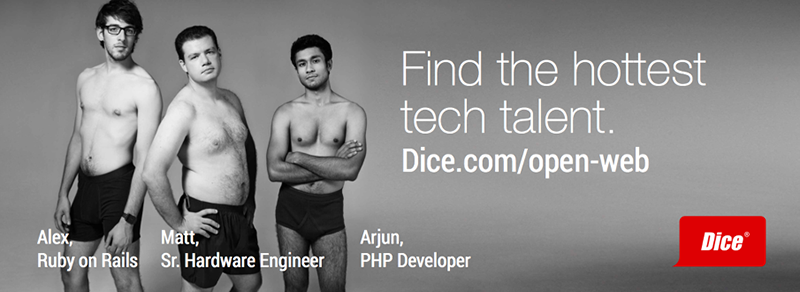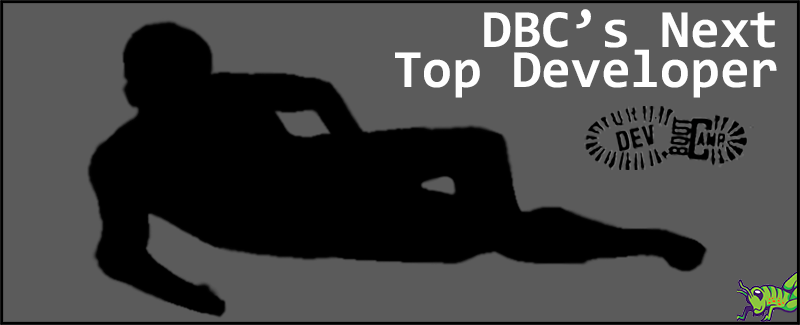Phase 0 - Week 6 Cultural Blog
Stereotype Threat
Sunday, June 7, 2015
Dev Bootcamp Phase 0 - Week Six: Students Log
Stereotype Threat

While driving on the I-80 into San Francisco a few weeks ago, I noticed a billboard that read “find the hottest tech talent.” In the manner of a Calvin Klein ad, the billboard was a black-and-white feature of three geeky men posing in their underwear.
Although humorous, this ad actually plays into an important stereotype that plagues the tech industry: that the best talents are predominantly male, white or Indian, young and – importantly—marked with social awkwardness. These stereotypes are again reinforced by other cultural references, such as HBO’s “Silicon Valley” and the popular show “The Big Bang Theory.”
In reality, there is truth to these stereotypes. In an article titled “Silicon Valley’s Diversity Program Goes beyond Hiring Practices” on Aljazeera, it shows the significant gender gap in major tech companies, with men accounting for more than 65% on average. Racially, the average for Whites exceed 50%, followed by Asians ~30%, with other minority groups like Blacks and Latinos well below 10%. (See the graphs from the Aljazeera article at the bottom of the page.)
With such lack of diversity, many of us in the industry can be vulnerable to stereotype threat, a risk of confirming a negative stereotype about one’s group. For me, a thirty-eight year old white male, I hesitated entering a field that is stereotyped as predominantly youth-driven. Although I don’t feel old, and am not old by the standards of most industries, I felt older in the tech industry.
In social psychologist Dr. Claude Steele’s research on stereotypes, he has listed a number of tools to help overcome stereotype threat. Among them include:
- Reframing the task
- De-emphasize threatened social identities
- Encourage self-affirmation
- Emphasizing high standards with assurances about capability for meeting them
- Providing role models
- Providing external attributions for difficulty
- Emphasizing incremental view of intelligence
Without discussing each one, two that I found useful are self-affirmation and providing role models. One thing that helped me overcome feeling older is knowing that I bring a unique set of tools that no one else can bring. I have spent over ten years in a successful career in retail operations, and have honed my skills in problem solving, relationship development, project management and general life skills. These are all skills that can only come with experience, and I know will be valuable in programming as well.
The other tool I find useful is having role models. While the general media may focus on the sensationalism of young tech entrepreneurs, a study by the Kauffman Foundation actually showed that the average age of successful startups in high-growth industries to be forty. Additionally, high-growth startups are almost twice as likely to be launched by people over the age of fifty-five as by people between the age of twenty and thirty-four!
It is important to keep in mind that, while stereotypes may sometimes be based in truth, they certainly do not define an industry nor do they define and individual’s likelihood to succeed. One thing that I love about my DBC cohort is the diversity of our group and the perspectives that we all bring to solving every problem. Thinking back to the Cultural Challenge from week 2, we were asked to send out an email to everyone in our cohort and share our biggest fear going into Phase 0. It definitly helped to minimize the anxiety that I was feeling knowing that the majority of my peers had very similar fears regardles of age, race, gender, etc...
Graphs from “Silicon Valley’s Diversity Program Goes beyond Hiring Practices”
Casting Call for Upcoming Billboard

